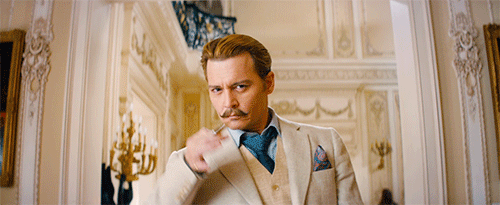Buy art the smart way: Hold on to your piece and beware of the internet hype
Jeff Koons’ 1986 sculpture “Rabbit” just sold for $91.1 million dollars. The work was apart of the collection of the late S.I. Newhouse Jr.
The work worth millions and accompanied by ten other pieces of modern art sold at the auction house Christie’s New York on May 15. The value of Koons’ work broke records for the most expensive work of art sold by a living artist.
View this post on Instagram
A #GoodBunny or #BadBunny? Visit our Rockefeller Center galleries by 15 May and decide for yourself.
While the sale was impressive, it also showed the newfound intervention of the uber-wealthy into the art buying world. In her article “Even the Rich Aren’t Rich Enough for Jeff Koons,” economist Allison Schrager warns that these big-ticket buys have darker implications for the art market.
Arriving at the conclusion that art is one of the easiest “get rich fast” investments out there plays right into survivorship bias. Survivorship bias is the phenomenon by which people en mass only examine those who have already made it through some type of selection process.
The logical error solely focuses on those who succeed. Additionally, it can lead to dangerously false conclusions with the data provided. Data having to do with the value of investing in the art industry should be taken with a grain of salt.
Most of the time it cannot account for all of the art forgotten in basements, attics, and vast storage spaces of major museums.

The art market itself, while too big for investors to ignore, is incredibly unreliable. In addition to navigating the commission prices of gallerists and auction houses, investors also have to be very careful when it comes to forgeries and rapidly changing tastes.
Furthermore, the commercial market for art has broadened at exorbitant levels due to the internet of things. These new technologies lend increased visibility to rising artists, something that was previously impossible to do without the help of art world elites.
While these factors make the market for investors unstable, it also allows marginalized artists who were historically excluded from mainstream artistic spaces to flourish. Internet technology has also allowed important social spaces, such as art fairs and gallery openings, for beginning collectors to network and begin to get a feel for the present day’s market.
Also, platforms like Instagram, Twitter, and Tumblr allow artists to have direct relationships with future buyers without the middlemen, like gallery owners or other administrative members of the industry.
These social platforms help the artists’ reach and attract major industry celebrities, such as the works of Alec Monopoly or John Born. However, this does mean that art markets are more complicated than before because there is less control over how art is received.
While they have the least amount of access to capital, millennial collectors are considered to be the most adept at navigating digital markets and networking.
The 2016 TEFAF Art Market Report found that online fine art sales had grown at an unprecedented rate in the span of a year, and this trend continues to this day.
Millennial collectors make up the largest demographic of those who purchase through online platforms and also those take the most risk when purchasing art. However, a large part of collecting is dependent on how long you are willing to wait to auction off the pieces you own.
If collectors try and flip an artist’s work too fast, it would make it even more difficult for that artist to sell in the future. Therefore, collectors must play an incredibly delicate balancing game between potential buyers and the art they purchase.
Speaking to Bloomberg Magazine, Swiss collector Uli Sigg’s main advice for beginner investors is to do some intense research about the artist they intend to buy from. If an artist’s work was featured in a major gallery or museum, it has a much greater chance of appreciating in value.
Collectors seem to universally agree that, first and foremost, you must buy the art you like, not the art you think might become the next iteration of Jeff Koons’ “Rabbit.”
Money in the art world is mainly generated by what is called secondary sales, meaning the constant trading of big-ticket pieces between the most influential auction houses. Attempts were made for a certain percentage of the auction prices to go back to the original artists. However, these efforts failed because of intellectual property issues.
The most difficult problem gallerists themselves face is the fact that the value of art is almost entirely subjective. This — for better and for worse — is why the industry has such a complex posturing process between the select few dealers, galleries, and museums who have the ethos to determine the value of certain works.



